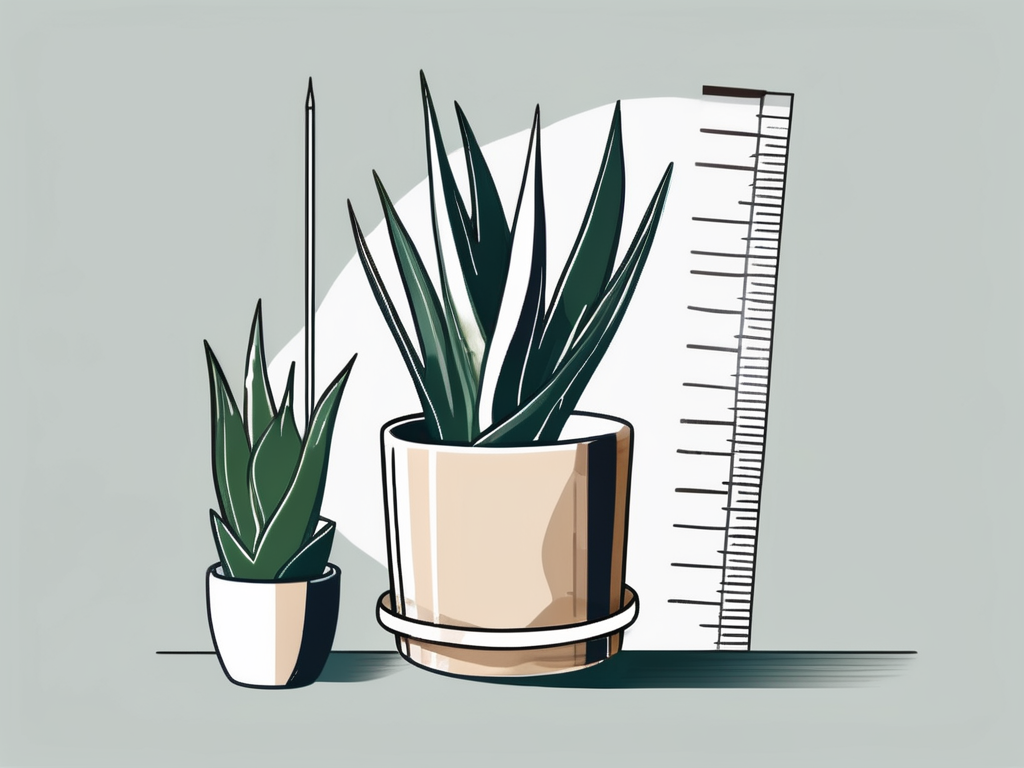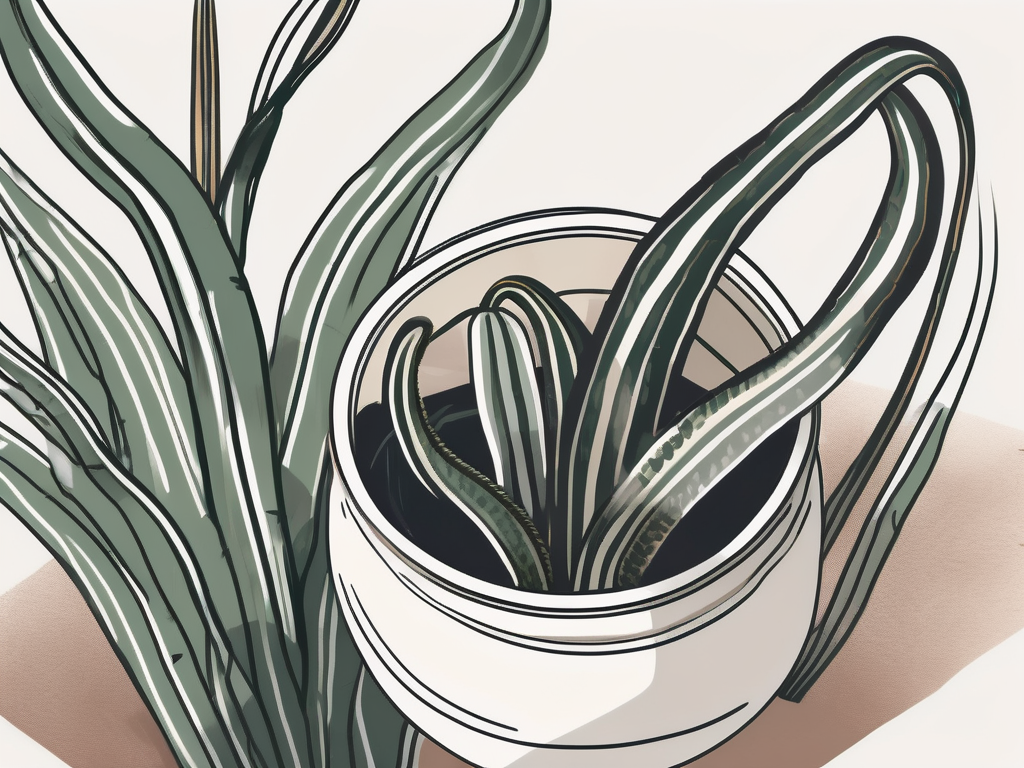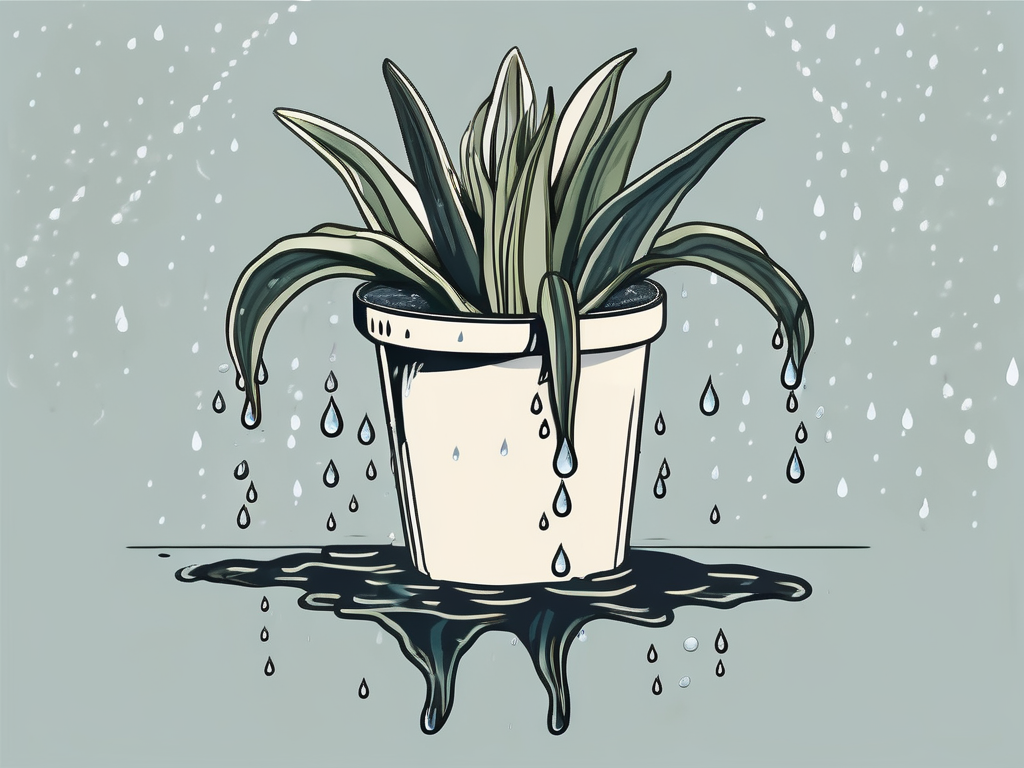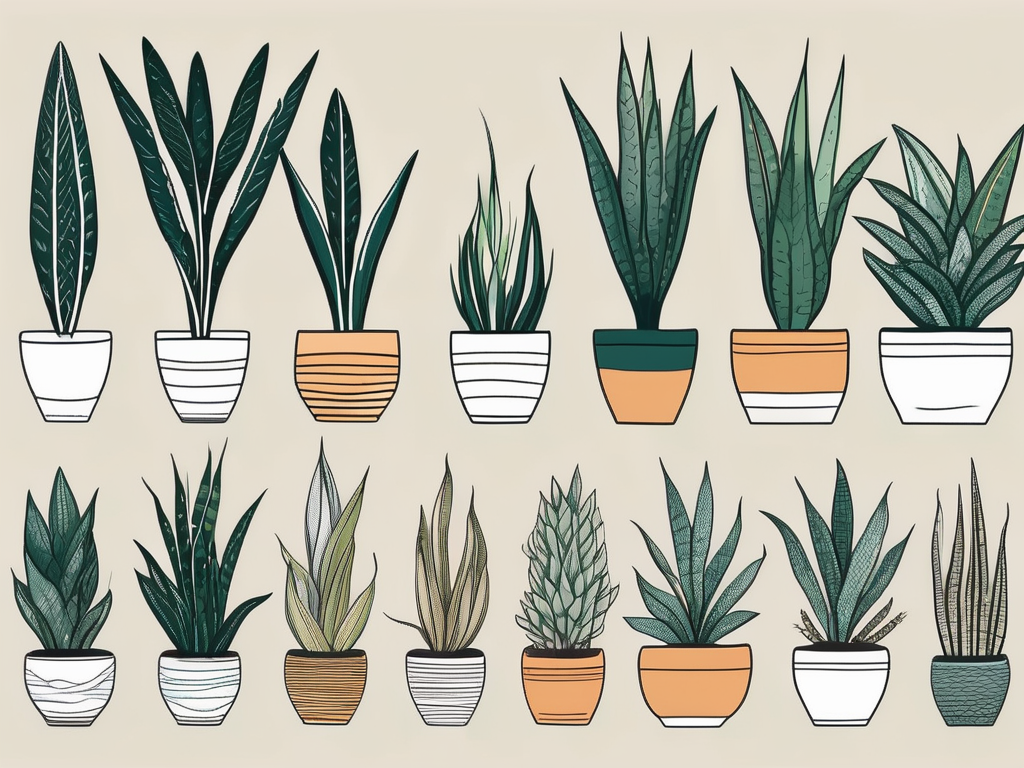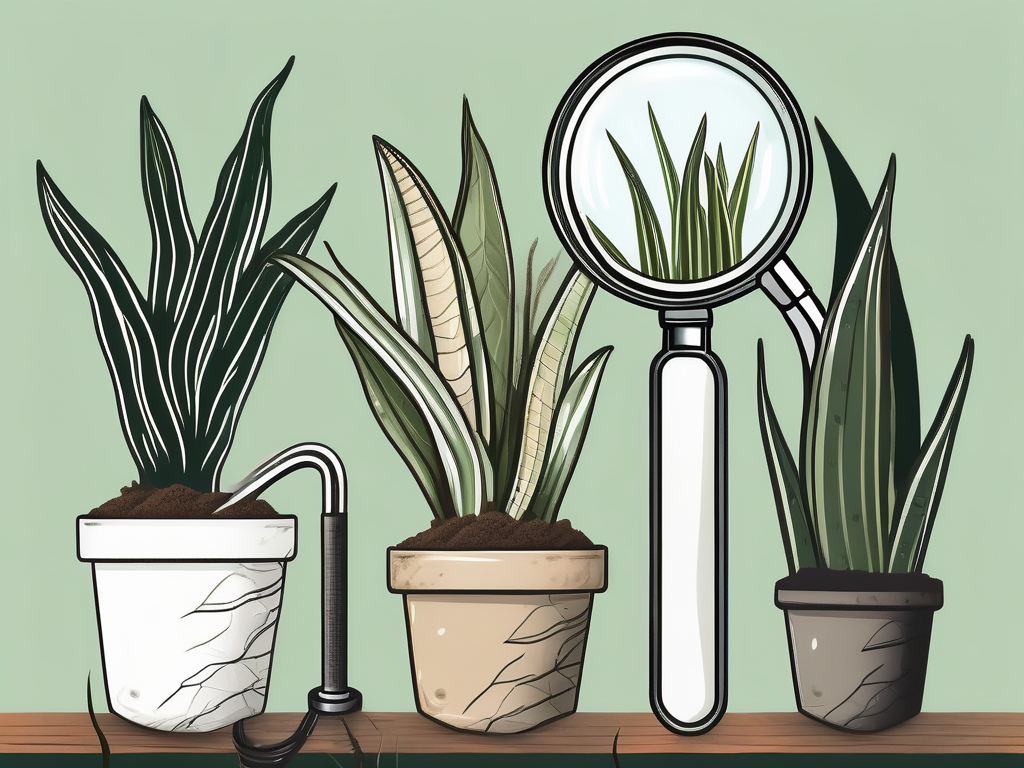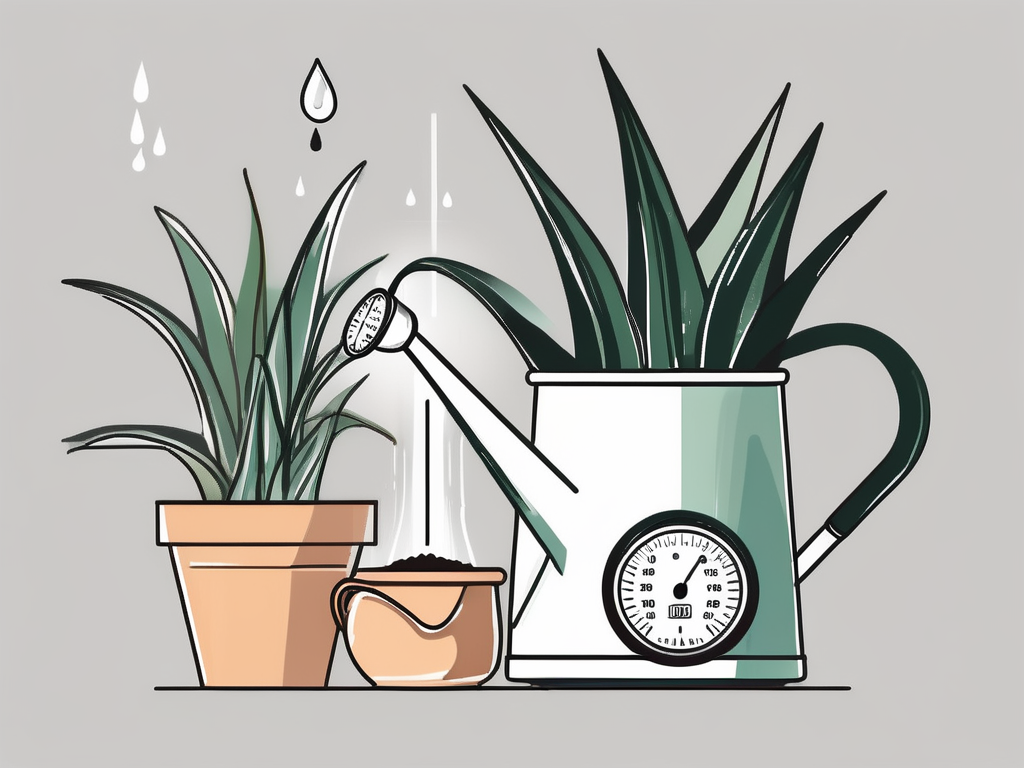
Snake plants, also known as Sansevieria or Mother-in-Law's Tongue, are a popular choice among plant lovers for their striking appearance and easy-going nature. But despite their reputation for being low-maintenance, understanding the nuances of watering can make all the difference between a thriving plant and one that's struggling. If you're curious about how to keep your snake plant happy and healthy, you're in the right place.
In this article, we'll explore the art and science of watering snake plants. From how often to water, to what kind of water to use, and even the signs of over or under-watering, we've got you covered. So, grab a comfy seat, maybe a cup of tea, and let's get started on the ultimate guide to keeping your snake plant well-hydrated and flourishing.
Understanding Your Snake Plant's Watering Needs
Every plant has its unique characteristics, and snake plants are no exception. They're known for their resilience and ability to thrive in various conditions, but that doesn't mean they don't have preferences. Understanding these will help you nurture a happier, healthier plant.
Snake plants hail from arid regions of West Africa, which means they've evolved to store water in their leaves, allowing them to withstand dry spells. This adaptation makes them drought-tolerant and means they don't require frequent watering. In fact, overwatering is one of the most common mistakes people make with snake plants.
So, how do you know when to water your snake plant? A good rule of thumb is to let the soil dry out completely between watering. This might mean watering every two to six weeks, depending on factors like the plant's environment and the time of year. In the winter months, when growth slows, you might find you need to water even less.
How to Check Soil Moisture
Checking soil moisture is crucial for watering any plant correctly, and snake plants are no different. Since they don't like sitting in water, it's essential to ensure the soil is dry before you add more water. But how do you check this?
Here are a few methods you can use:
- Finger Test: Stick your finger into the soil about an inch deep. If the soil feels dry, it's time to water. If it's still moist, give it a few more days before checking again.
- Moisture Meter: For those who prefer a more precise approach, a soil moisture meter can be a handy tool. Insert it into the soil, and it will give you a reading on the moisture level.
- Weight Check: Over time, you'll get a feel for how heavy your plant pot is when it's dry versus when it's been watered. This can be a quick and easy way to assess if your plant needs water.
The goal is to ensure the top 1-2 inches of soil are dry before watering again. This method helps prevent overwatering, which can lead to root rot—a common issue with snake plants.
Choosing the Right Water
Believe it or not, the type of water you use can impact your snake plant's health. While tap water is generally fine for most houseplants, including snake plants, there are a few things to consider.
Some tap water contains high levels of minerals, chlorine, or fluoride, which can accumulate in the soil over time and potentially harm your plant. If you're concerned about this, you might consider the following options:
- Filtered Water: Using a water filter can help remove some of the chemicals and minerals found in tap water.
- Distilled Water: Distilled water is free of minerals and chemicals, making it a safe choice for sensitive plants.
- Rainwater: If you have access to rainwater, it's a great option for watering plants due to its natural purity.
Ultimately, the best choice depends on your specific water quality and your plant's response. If your snake plant seems to be thriving with plain tap water, there's likely no need to change. However, if you notice browning tips or other signs of distress, it might be worth trying a different water source.
Understanding Overwatering and Underwatering
We've all been there—standing over a plant with watering can in hand, wondering if we're about to overdo it or leave our leafy friend parched. Knowing the signs of overwatering and underwatering can help you avoid both pitfalls.
Signs of Overwatering:
- Yellowing leaves
- Mushy or soft leaves
- Root rot (which can sometimes be identified by a foul smell)
- Soil that never seems to dry out
Signs of Underwatering:
- Wrinkled or curling leaves
- Crispy leaf edges
- Stunted growth
- Soil pulling away from the edges of the pot
If you suspect overwatering, hold back on watering and allow the soil to dry out completely. For underwatering, increase the frequency slightly, but be cautious not to overcompensate.
Seasonal Watering Adjustments
Just like us, plants have seasonal rhythms, and their water needs can change throughout the year. Understanding these changes can help you provide the best care for your snake plant.
Spring and Summer:
During the warmer months, snake plants are in their active growth phase. They may require more frequent watering, but remember to let the soil dry out between waterings.
Fall and Winter:
As temperatures drop and daylight decreases, snake plants enter a period of dormancy. During this time, growth slows, and water requirements decrease. You might find yourself watering only once every month, or even less.
Adjusting your watering schedule with the seasons helps ensure your snake plant isn't stressed by too much or too little water.
Pot and Soil Considerations
The type of pot and soil you use can significantly influence your snake plant's watering needs. Let's take a closer look at these factors.
Choosing the Right Pot:
- Drainage: Ensure your pot has drainage holes to allow excess water to escape. Snake plants are susceptible to root rot, and good drainage is essential to prevent water from pooling at the roots.
- Material: Consider using a terra cotta pot, which is porous and allows moisture to evaporate more quickly than plastic or ceramic pots. This can be helpful in preventing overwatering.
Selecting the Right Soil:
- Well-Draining Mix: Use a cactus or succulent soil mix, which is designed to drain quickly and encourage aeration around the roots. You can also mix regular potting soil with sand or perlite to improve drainage.
Choosing the right pot and soil can set your snake plant up for success by creating an environment where water is managed effectively.
Dealing with Common Watering Problems
Even with the best intentions, things can go awry. Let's discuss some common watering-related problems and how to address them.
Root Rot:
This is a common issue caused by overwatering or poor drainage. If you notice signs of root rot (mushy, discolored roots), it's crucial to act quickly:
- Remove the plant from its pot and gently shake off excess soil.
- Trim away any rotten roots with sterilized scissors.
- Repot the plant in fresh, well-draining soil and a pot with drainage holes.
Mineral Buildup:
If you're using tap water and notice white crust on the soil surface or pot, mineral buildup could be the culprit. To tackle this:
- Flush the soil with distilled or rainwater to help wash away excess minerals.
- Consider switching to filtered or distilled water if the buildup continues.
Addressing these issues promptly can help your snake plant bounce back and thrive.
Creative Watering Techniques
Feeling adventurous? There are various creative watering techniques you can try to ensure your snake plant stays hydrated without overdoing it.
Bottom Watering:
This method involves placing your plant's pot in a shallow dish of water, allowing the soil to soak up moisture from the bottom. It's a great way to ensure even watering, especially if your plant is root-bound and water tends to run off the surface.
Self-Watering Pots:
These pots have a reservoir at the bottom that provides a consistent supply of water to the plant. They're excellent for forgetful waterers or those who travel frequently, as they offer a steady moisture supply without overwatering.
When in Doubt, Ask for Help
Sometimes, plant care can feel a bit overwhelming, and that's okay! There's no shame in seeking advice from more experienced plant parents or resources.
Online forums, plant care apps, and even local plant shops can be excellent sources of information and support. Don't hesitate to reach out if you're unsure about your snake plant's watering needs.
Remember, plant care is a journey, and it's okay to make mistakes along the way. With time and experience, you'll become more attuned to your plant's needs.
Final Thoughts
Watering your snake plant doesn't have to be a guessing game. By understanding its unique needs, checking soil moisture, and adjusting for seasonal changes, you can keep your plant thriving and full of life. Keep an eye out for signs of over or underwatering, and don't forget the importance of a well-chosen pot and soil mix.
Here at Cafe Planta, we're passionate about helping plant people grow happy, healthy plants. Whether you're looking for a new addition to your collection or just need some advice, we're here for you. Feel free to email us or drop us a message on Instagram. Let's keep the conversation going and our plants thriving!















